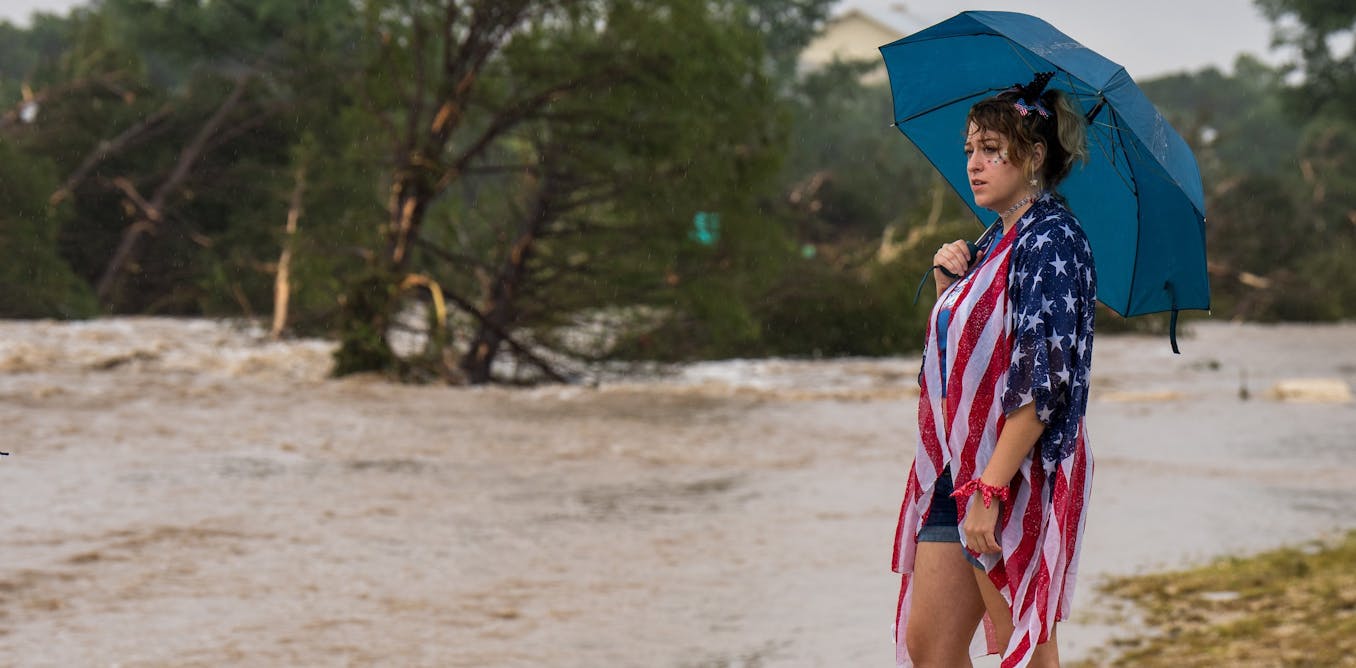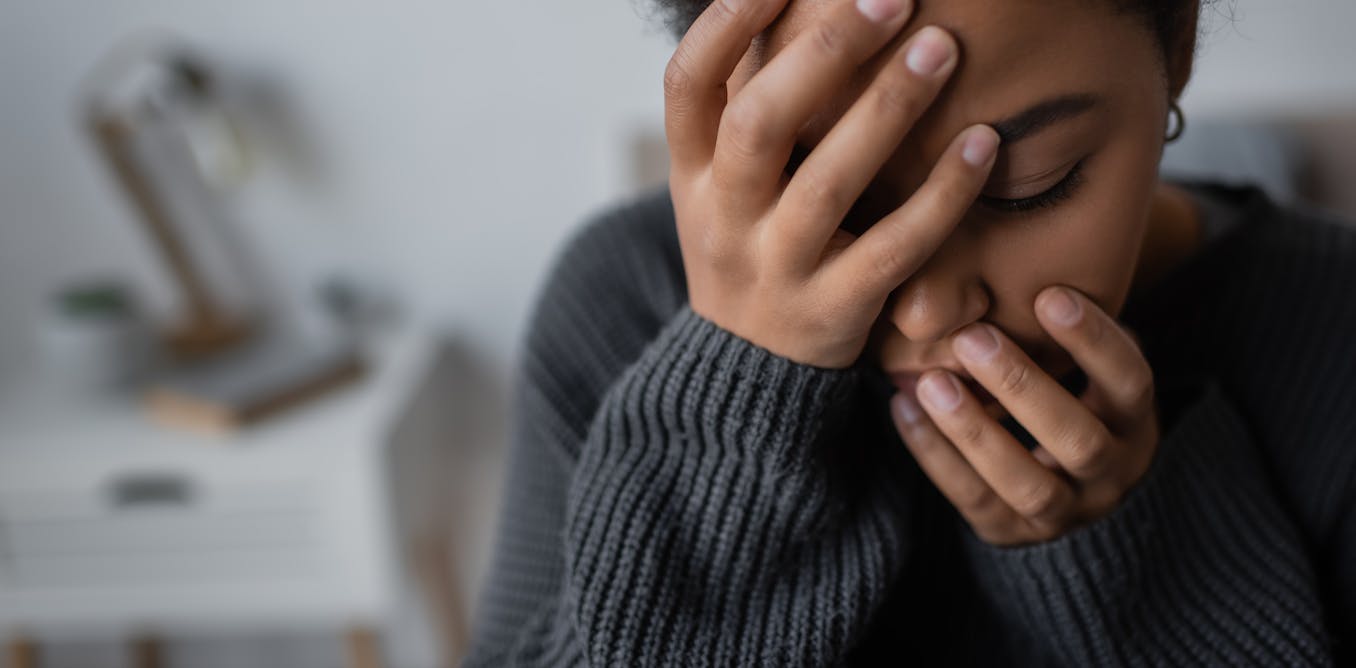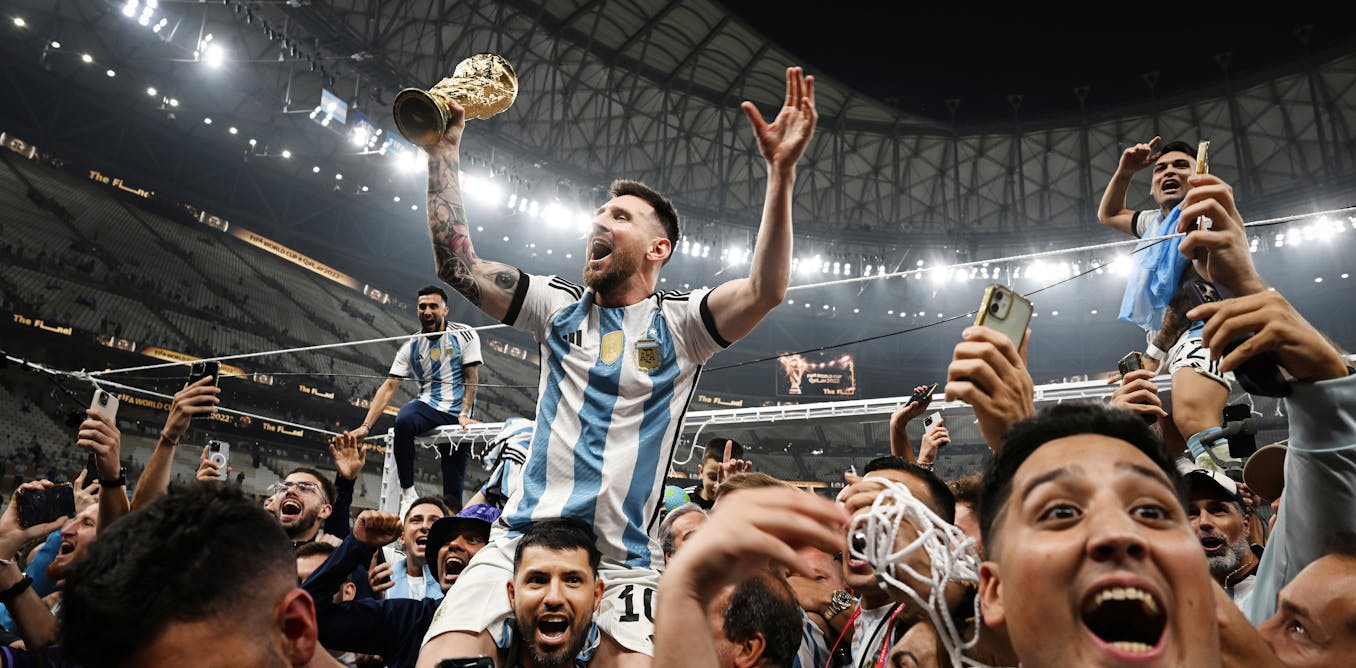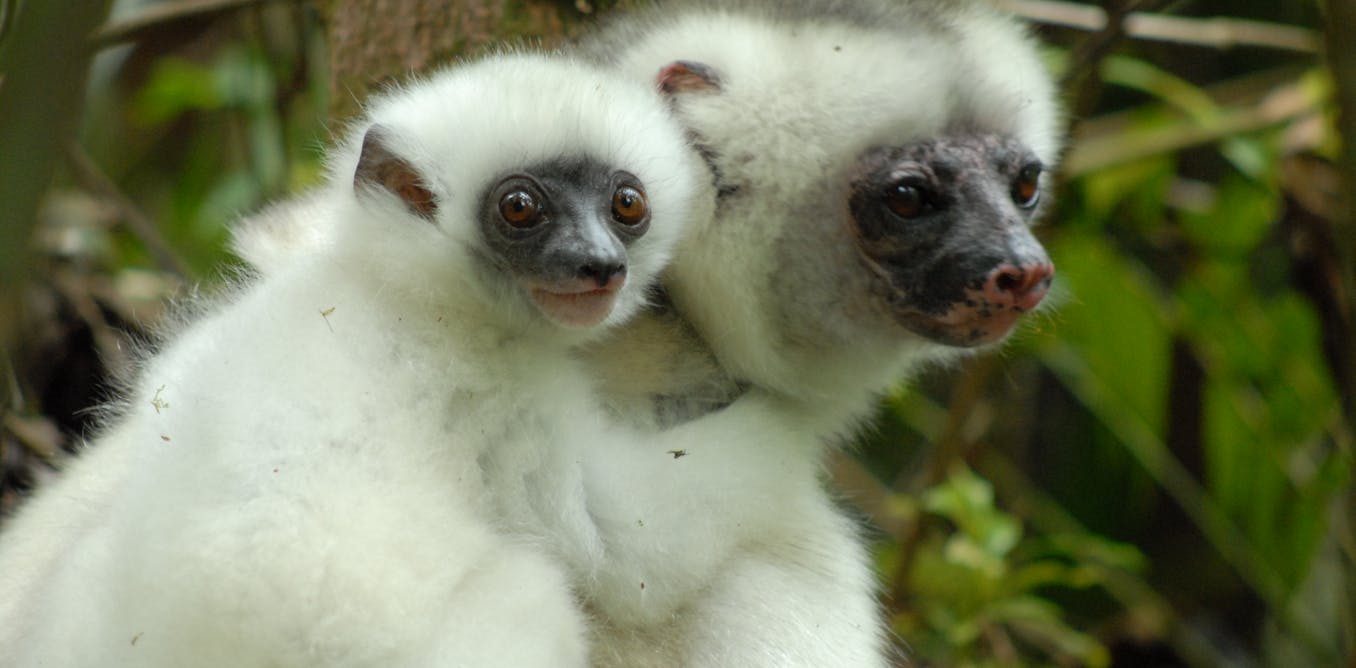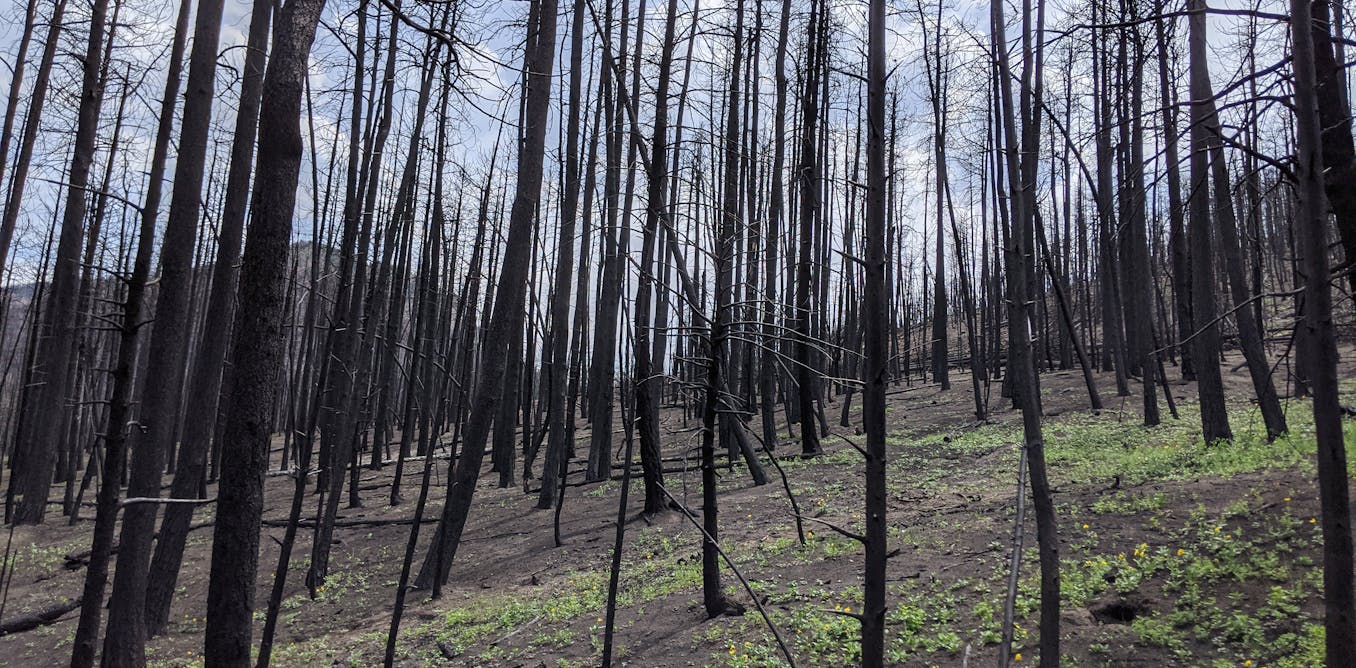The Beauty of Wildlife — and an Artistic Call to Protect It | Isabella Kirkland | TED
The TED talk by Isabella Kirkland, titled “The Beauty of Wildlife — and an Artistic Call to Protect It,” delves into the intersection of art and environmental activism. Kirkland uses her paintings as a medium to highlight the threats faced by various plants and animals, and the urgent need for their protection.
She begins her talk by describing her painting process, emphasizing the extensive research and time it takes to create each piece. Each painting is a form of activism, shedding light on the impact of human behavior on the natural world. Kirkland also discusses her use of specimens from natural history museums as references for her artwork, pointing out the importance of accurately depicting species that are extinct or at risk.
Through her paintings, Kirkland addresses issues such as wildlife trade and the implications of new species discoveries. She emphasizes the fragility of biodiversity and the ways in which human activity has led to the extinction of numerous species. Kirkland’s work serves as a reminder of the urgency of addressing environmental destruction and the need for collective action to protect the planet’s biodiversity.
In conclusion, Kirkland expresses her hope that her paintings will serve as a wake-up call for humanity. She urges the audience to consider the message that will be carried through her artwork into the future, emphasizing the importance of taking action to preserve life on Earth. “The Beauty of Wildlife — and an Artistic Call to Protect It” serves as a powerful call to action, challenging viewers to confront the consequences of their actions and become advocates for environmental conservation.
Watch the video by TED
This is a painting called “Palisades.” It shows what once used to live up along the Hudson River, north of New York City. I actually built it to help fund a new park in Guatemala. If you and I were to take a walk through that site right now,
We would see some of these plants and animals, but a lot of them would be missing. And to be honest, we wouldn’t notice. Gradual change is really hard to notice over time. My artistic practice is an investigation into humanity’s relationship with nature, both what we have, but also what we’ve lost.
A painting like this one called “Understory” begins with a rubric and a database, not with drawings. The rubric is the rule of the painting. For this one it is these are new species, and the database is built out of a sampling of plants and animals that fit that rubric.
It took me about four months of research, probably two or three months of drawing and another six months of painting to complete “Understory.” Most of my complicated, complex paintings take roughly a year on average. These works are my form of activism.
When I want to research a bird, I go to a natural history museum, and this is exactly what I see. It is a box of specimens, or also called study skins. This happens to be a bird called paradise parrots. They used to live in Australia. They are now extinct.
Specimens have an amazing value. They are … They are two things. One, they are a genetic library of traits. And at the same time, they carry within their feathers and their skin and their scales a lot of environmental data that we can use.
When I check out the specimen, I do drawings of it, I do color studies of it, I do measurements, I take my own measurements and photographs. And I do all this work because I really want to be able to depict them accurately, and I want them to be remembered correctly
And as if they are living, not just a dried skin. This painting is called “Canopy,” and it is an exploration of species that have just been discovered. Every single living thing you see in it, every little moss, every insect, each and every thing is new to Western science.
I say new to Western science because it has certainly not just evolved, and it is not new to the people who live with it. They probably have their own name for it. But it is new to Western science. That newness can carry some risk.
There are collectors who love to have a new species. I call this painting “Trade” because it is about black market trade and wildlife. Each of these things is taken out of nature and sold somewhere, either legally or not legally. Both novelty and rarity have this awful way of driving prices straight up.
There are plenty of regulations about the sale of wildlife. There’s lots legal protections in place, but they just are inefficient because there is such a drive for wildlife purchase. Imagine all of the wild places there are in the world, the million acres, all of the markets in the world,
All of the dark web. There are just never enough boots on the ground to save wildlife. It’s a big drain on all of nature. Humanity has a way of taking what we want and what we need, but we have never really learned or gotten good at putting it back.
We’re like kids or toddlers, maybe. This painting called “Back” is about our hope that nature is resilient. Everything in this painting falls into one of two categories: it was either thought extinct and then re-found by pure luck or very hard work, or it was on the very brink of extinction
And was hauled back with some sometimes pretty extensive interventions. So on the upper right, there’s a Mauritius kestrel. It’s a white bird. It went down to actually four individual birds. It took an amazing amount of effort on the part of a handful of people really to get it to breed again.
These were not so lucky. Everything in this painting is extinct. Every grass, every egg represents a bird that’s extinct. I don’t mean that they’re extinct just here or there. They’re really gone from the world. You may be able to tell that I studied the Dutch still life masters.
That was very much on purpose. And I did it because some of their paintings are between 400 and 500 years old now. Why are they still here? They’re really beautiful. That’s a great kind of insurance. And they also were made very, very well. Just the materialism is really strong.
So I have borrowed a bunch of their techniques, most of their materials. And I marry that with modern science so that I can share with future generations some of our understanding of what’s happening to our biodiversity right now. Like what’s struggling, what’s thriving, what’s doomed.
The paintings are kind of like an environmental snapshot, a picture in time. Or maybe better, like a message in a bottle. With luck, these paintings can talk to the future. This is a detail from “Gone.” On your left, there’s a bird that I showed you as a specimen,
The paradise parrot from Australia, gone. In the middle is a passenger pigeon, which is extinct, despite the fact that there were millions upon millions of them. They used to darken the skies of this part of America, the Midwest. The yellow-headed bird on the right is a Carolina parakeet
That used to raucously fill the skies of the southeast of the US. This was the first painting I did of extinct species. So it’s kind of “Gone 1.” But I really, really don’t want to have to paint “Gone” 2, 3, 4 or 5.
When I started college, I thought we were in the middle of an environmental crisis, and we were. Audubon thought we were in the middle of a crisis, an environmental crisis, in the 1840s. I don’t think either he or I could have possibly imagined the amount of cumulative destruction of nature
We would see within our lifetime, within each of our lifetimes. The depth of our disruption of nature is so extensive now and so global, that we are, of course, affecting the systems that govern the water, the weather, the soil, the oceans, the climate, all of them.
These are the very systems that we rely on for our survival and that nature relies on for its survival. I think of my paintings as alarm clocks in a way. They are reminders of what’s at stake. The only real problem is we keep pushing the snooze button.
I plan to keep documenting, in paint, biodiversity that’s at risk, making a record of it and advocating for biodiversity as I can. But what’s probably more important is what is the next message that gets carried through these paintings into the future? It’s humanity collectively that will decide that message.
I’ve thought it could be: well, too bad, these are the ghosts, these are what we lost. But it would be much better if that message was, this was the moment we started to take action where we really tried to save life on this planet, including our own. Thank you. Thank you.
About TED
The TED Talks channel features the best talks and performances from the TED Conference, where the world’s leading thinkers and doers give the talk of their lives in 18 minutes (or less). Look for talks on Technology, Entertainment and Design — plus science, business, global issues, the arts and more. You’re welcome to link to or embed these videos, forward them to others and share these ideas with people you know.
Video “The Beauty of Wildlife — and an Artistic Call to Protect It | Isabella Kirkland | TED” was uploaded on 01/17/2024 to Youtube Channel TED






